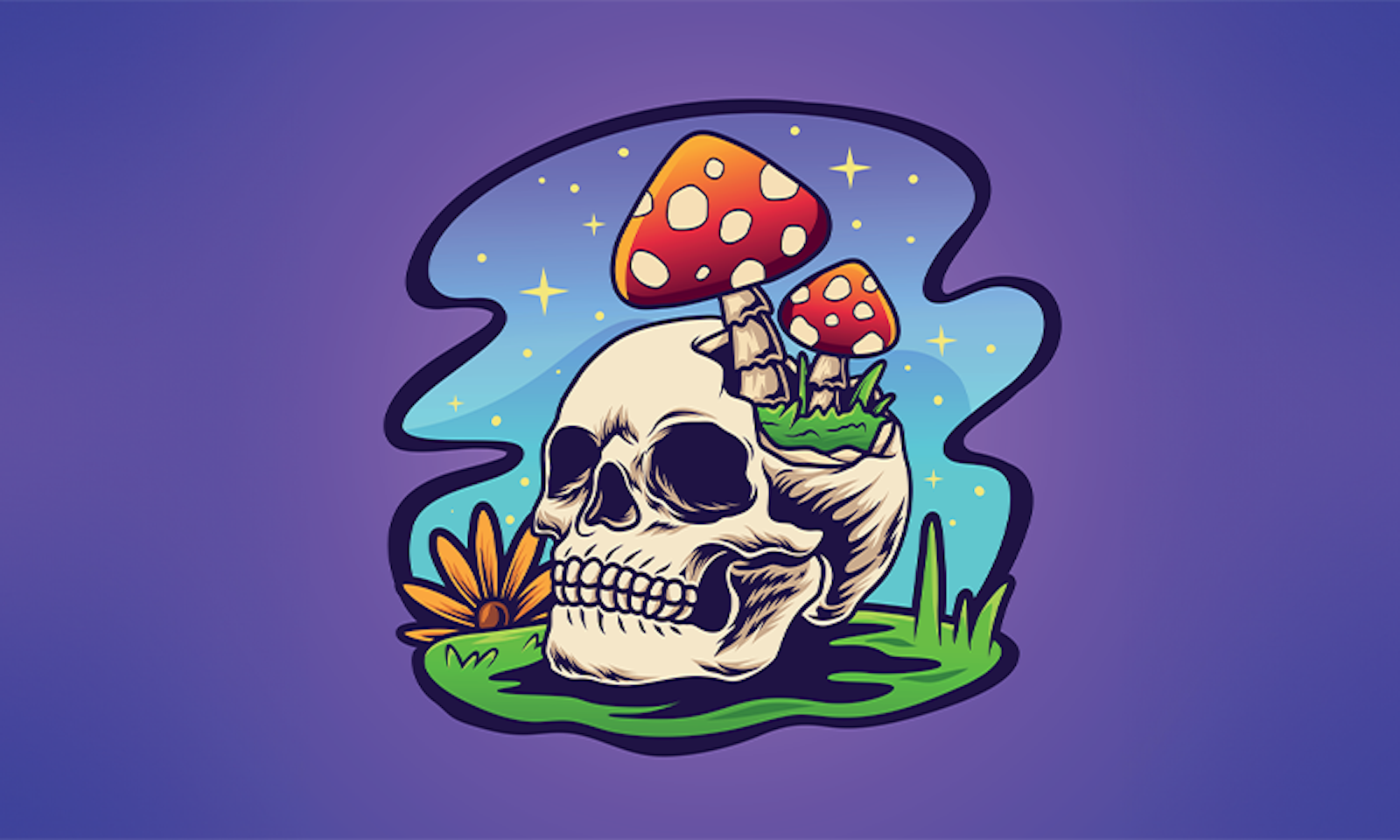Although most people have not had the misfortune of smelling their own dead, we have all encountered the smell of death: the stench of roadkill, the remains of the rat in the wall, the bloated fish on the beach, the old carcass hidden in the tall grass, or the slimy head of lettuce in the crisper. So powerfully repugnant is the smell of death that even rats held in captivity bury the bodies of dead rats because of it.
Decomposing animal, fungal, and plant tissues produce a bevy of putrid chemicals. The aptly named cadaverine and putrescine are among the most memorable. These so‐called biogenic amines are by‐products of decomposition, during which amino acids are broken down by bacteria.
Humans avoid the smell of death like the plague.
In addition to biogenic amines, volatile sulfur compounds like dimethyl disulfide, dimethyl trisulfide, and methyl mercaptan, which are produced by bacteria from sulfur‐containing amino acids, also contribute to the smell of death. Finally, we can’t forget about indole and skatole, produced from the amino acid tryptophan during bacterial decomposition.
Humans avoid the smell of death like the plague—quite literally, in the case of the perfumed beaks filled with aromatic herbs and used by 17th‐century plague doctors in Europe. Our disdain for these smells is triggered by a particular set of odorant receptors in our noses. Flies have their own odorant receptors that underlie their attraction to, rather than revulsion by, the same odors, up to a point.
And yet, however tidy our relationship with these chemicals of death may seem, it is not so simple. Even these chemicals have two sides.
Cadaverine, putrescine, and the related spermidine—so named because it was first found in human semen—are found not only in decomposing tissues but also in fish and fermented food and drink. Sometimes the levels are high enough to be toxic.
Skatole lives up to its name, producing a ghastly odor when volatilized. The chemical can be toxic if too much enters the lungs. Skatole is also made by some plants and, at low concentrations, helps give the essential oils of jasmine and orange blossom their intoxicating smell. Now we can see why, in the 16th century, the word intoxicated changed meaning from “poisoned” to “drunk.” Skatole has two sides, too.
Increased spermidine in the diet improves cognitive function.
Even more surprising, our (living) bodies produce endogenous cadaverine, putrescine, and spermidine because these molecules serve critical roles in our cells. Spermidine is particularly interesting. Adding it to the diets of laboratory animal models extended their life spans by 15 to 30 percent. In human cells bathed in spermidine, aging also slowed. However, we are only just beginning to understand the potential mechanisms.
One effect of spermidine is that it helps keep our genes switched off. As cells age, more and more genes get turned on willy‐nilly. The firing of too many genes can be problematic. Spermidine seems to keep older cells operating as they did when they were younger by reversing this trend to some degree.
Small clinical trials show that increased spermidine in the diet improves cognitive function in patients with a kind of dementia. Spermidine may also enhance the removal of damaged cells, including those containing the amyloid‐beta plaques that can accumulate in the brains of people with Alzheimer’s disease.
Although our bodies make spermidine, much of it comes from our diet. Should we all be consuming more of this chemical? It is not clear. But like so many other chemicals found in nature, spermidine can have both toxic and life‐enhancing effects. So, if we supplement our diets with spermidine, we should be careful to limit our intake. As always, the appeal‐to‐nature fallacy applies—these chemicals didn’t evolve to benefit us.
Cadaverine, putrescine, and spermidine also form the backbones of many alkaloids. From caffeine to capsaicin, mescaline to morphine, and piperidine to psilocybin, these alkaloids are synthesized from biogenic amines and end up targeting the animal nervous system as toxins. Nevertheless, we also seek them out for their medicinal and intoxicating properties.
The lesson here is that one organism’s trash is another’s treasure. Bacterial decomposition products that we find repugnant and that flies are attracted to were turned on their heads by plants and fungi. They use them as chemical starting points for the synthesis of many of the alkaloids we use as drugs. A common chemistry of life underlies it all. ![]()
Excerpted from Most Delicious Poison by Noah Whiteman. Copyright © 2023 by Noah Whiteman. Reprinted with permission of Little, Brown and Company. All rights reserved.
Lead image: Almujaddidi / Shutterstock




























